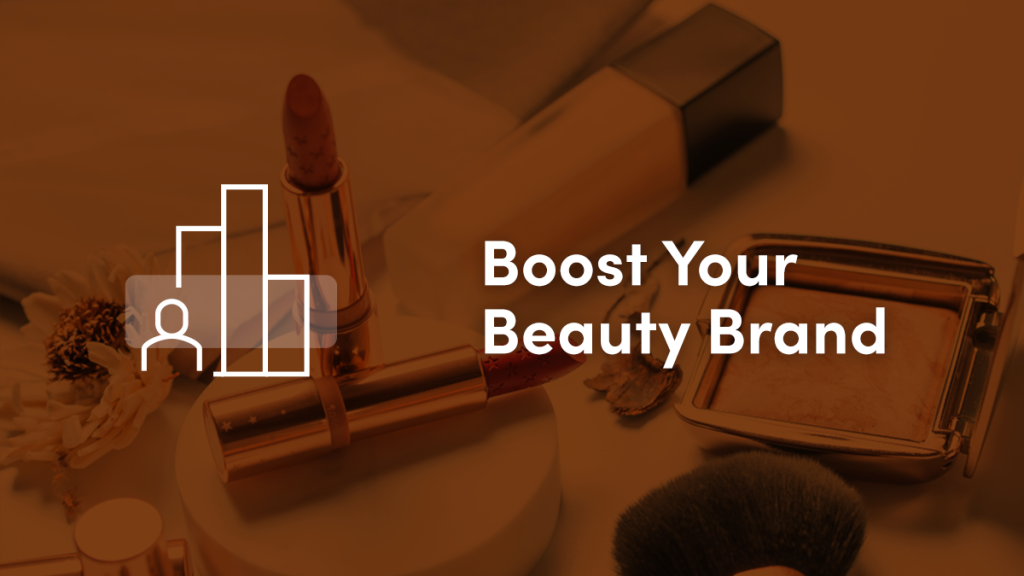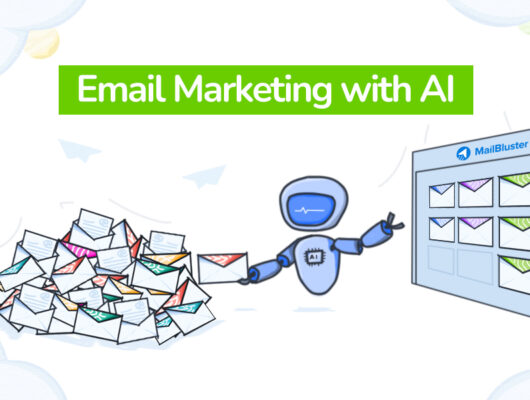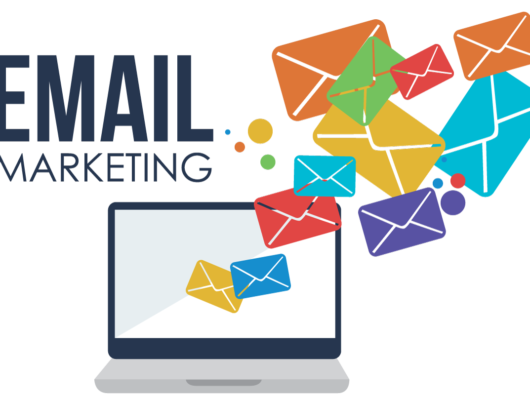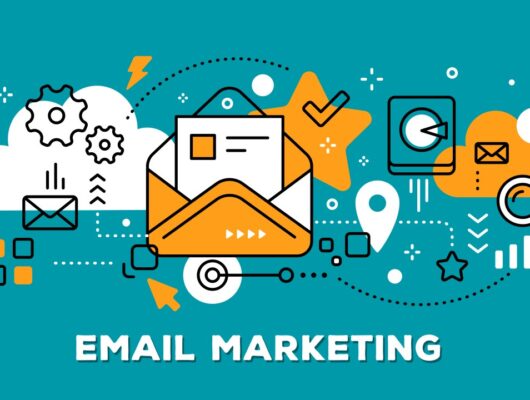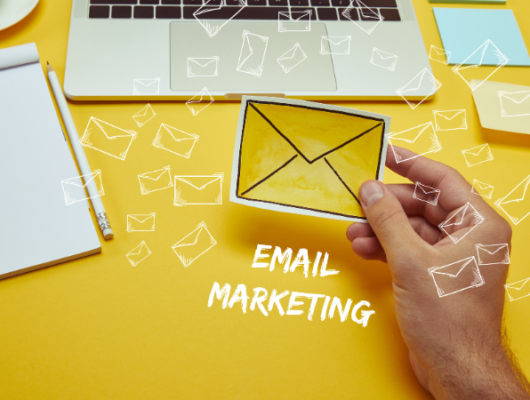The beauty industry is one of the most competitive and lucrative markets in e-commerce. With customers constantly seeking innovative products and personalized solutions, standing out requires a strategic approach.
This article will explore effective marketing strategies tailored to e-commerce beauty brands, focusing on building trust, enhancing customer experience, and driving sales.
Why Marketing Is Crucial in the Beauty E-commerce Space
- Highly Visual Products: Beauty products rely on appealing visuals to attract customers.
- Consumer Trust: Customers seek credible brands that deliver on promises.
- Trendy and Fast-Paced: Beauty trends evolve quickly, requiring agility in marketing strategies.
- Personalized Needs: Customers demand products tailored to their skin type, tone, or preferences.
Strategies for E-commerce Beauty Marketing
- Showcase High-Quality Visuals
- Use professional product photography to highlight textures, colors, and packaging.
- Incorporate lifestyle images showing products in use.
- Create videos demonstrating product application, such as makeup tutorials or skincare routines.
- Leverage Social Media Platforms
- Instagram: Post engaging reels, tutorials, and customer testimonials.
- TikTok: Tap into viral beauty trends and collaborate with influencers for challenges.
- Pinterest: Share aesthetic beauty boards to inspire and drive traffic to your store.
- Use hashtags like #CleanBeauty, #SkincareRoutine, or #MakeupGoals to expand reach.
- Personalize the Shopping Experience
- Offer quizzes to recommend products based on skin type, tone, or preferences.
- Use AI-driven tools for virtual try-ons of makeup or hairstyles.
- Send personalized email recommendations based on browsing or purchase history.
- Invest in Influencer Marketing
- Collaborate with beauty influencers who align with your brand values.
- Use micro-influencers for niche audiences and more authentic engagement.
- Encourage influencers to create unboxing videos or tutorials featuring your products.
- Focus on Content Marketing
- Create blogs on beauty tips, trends, and tutorials (e.g., “10 Steps to Perfect Glowing Skin”).
- Use videos to highlight how-to guides, ingredient benefits, or behind-the-scenes product creation.
- Share user-generated content (UGC) to show real customers loving your products.
- Offer Free Samples or Trials
- Include free samples with purchases to encourage customers to try new products.
- Offer low-cost trial sizes for first-time buyers to build trust and confidence.
- Capitalize on Trends and Seasons
- Launch themed collections for holidays (e.g., “Holiday Glow Skincare Set”).
- Create campaigns around trending ingredients (e.g., retinol, hyaluronic acid) or concepts (e.g., “no-makeup makeup”).
- Leverage Paid Advertising
- Use Facebook and Instagram ads to target specific demographics based on age, gender, and interests.
- Run Google Shopping ads for keywords like “best matte lipstick” or “organic skincare.”
- Retarget website visitors with ads for products they viewed but didn’t purchase.
- Build Social Proof
- Display customer reviews and ratings prominently on product pages.
- Highlight testimonials, before-and-after photos, or results-driven success stories.
- Partner with dermatologists or beauty professionals to lend credibility to your products.
- Engage Your Audience with Live Streams
- Host live Q&A sessions or product demonstrations on Instagram, TikTok, or YouTube.
- Collaborate with influencers or makeup artists for live tutorials.
- Offer Subscription Services
- Introduce beauty box subscriptions with curated products delivered monthly.
- Provide discounts for recurring purchases of essentials like cleansers or moisturizers.
Best Practices for Beauty E-commerce Marketing
- Prioritize Mobile Optimization: Ensure your website is fast, responsive, and mobile-friendly.
- Highlight Sustainability: Emphasize eco-friendly packaging or cruelty-free certifications.
- Streamline Checkout: Offer multiple payment options and easy returns to reduce cart abandonment.
- Create Loyalty Programs: Reward repeat customers with points, exclusive discounts, or early access to new products.
Tools to Enhance Your Beauty E-commerce Strategy
- Canva: For creating visually appealing marketing materials.
- Klaviyo: For personalized email campaigns.
- Shopify AR: To enable virtual product try-ons.
- Trustpilot: To collect and showcase verified reviews.
Common Challenges and How to Overcome Them
- High Competition
- Differentiate your brand with unique formulations, premium packaging, or an inspiring brand story.
- Building Trust
- Provide transparent ingredient lists and highlight certifications like “dermatologist-tested” or “vegan.”
- Ad Fatigue
- Rotate creatives regularly and test new formats like reels or carousels.
Conclusion
E-commerce beauty marketing is about creating an aspirational yet authentic brand experience.
By leveraging stunning visuals, engaging content, and personalized shopping experiences, you can connect with your audience and drive meaningful growth.
With consistent effort and creativity, your beauty brand can shine in the ever-evolving online marketplace.
Let me know if you’d like more specific examples, case studies, or additional tools!


